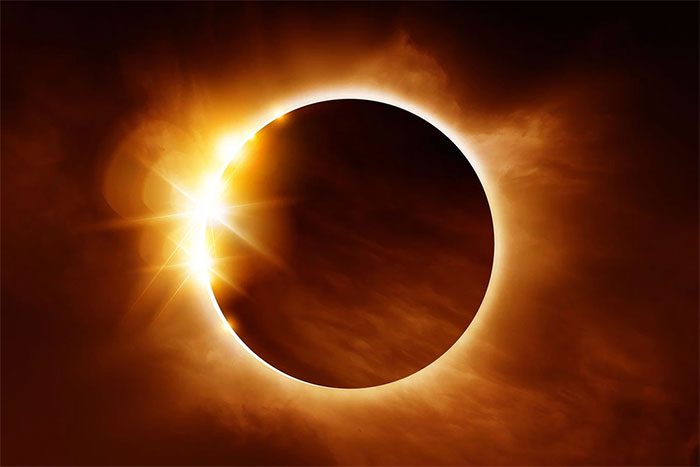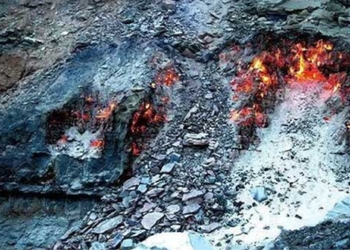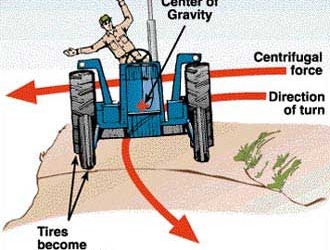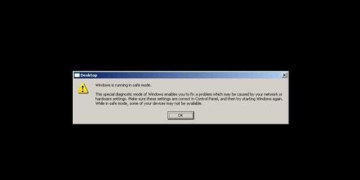Based on solar eclipse data over 15,000 years, scientists have identified the location on Earth with the highest frequency of this phenomenon.
The total solar eclipse on April 8 is an event eagerly awaited by many around the world, but unfortunately, only certain areas will be able to observe this phenomenon.

Total solar eclipses are exceptionally rare phenomena. According to statistics, each city on Earth has to wait about 374 years to observe this phenomenon (Image: Getty).
The total solar eclipse will primarily occur along a strip of land stretching from Mexico to the United States and Canada. Surrounding areas will only witness an annular eclipse, or may not notice any difference in the sky at all.
Based on solar eclipse data over 15,000 years, a study conducted by Time and Date shows that, on average, each city on Earth experiences a total solar eclipse approximately every 374 years.
In contrast, annular solar eclipses, also known as the “ring of fire,” occur more frequently, about every 226 years. For partial eclipses, the frequency is just 2.6 years.
According to statistics, regions at high latitudes, typically around the Arctic and Antarctic Circles, experience solar eclipses more frequently. This is because, in these areas, the Sun tends to remain above the horizon longer, allowing more time for eclipses to occur.
By this calculation, the best place to wait for a solar eclipse on Earth is the city of Longyearbyen, located in the Svalbard archipelago of Norway, as this city is situated closest to the highest latitude.

The total solar eclipse of 2024 is highly anticipated by Americans. (Illustrative image: Getty).
According to NASA, a solar eclipse occurs when the Moon passes between the Sun and the Earth. However, since the Moon’s orbit around our planet is elliptical, solar eclipses can take many different forms.
When the Moon is at its farthest point from Earth, its size appears smaller than that of the Sun when viewed from our planet. When a solar eclipse occurs at this time, the Moon only partially obscures the Sun, creating an annular effect. This is known as a ring-shaped solar eclipse.
Sometimes the Moon does not pass directly in front of the Sun but only casts a shadow when observed from Earth. This is referred to as a partial solar eclipse.
The rarest type is the total solar eclipse, which occurs when the Moon’s orbit is in the perfect position, allowing it to completely cover the surface of the Sun.
However, to view all phases of a total solar eclipse, we must observe it from a location along the path of totality. Observers outside this range will only see a partial eclipse of the Sun.
If you miss the total solar eclipse in 2024, viewers in the U.S. will have to wait nearly 9 more years, specifically until March 30, 2033, to witness the next total solar eclipse.





















































